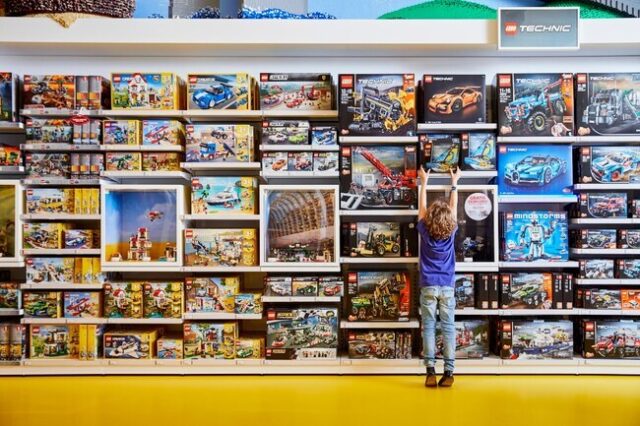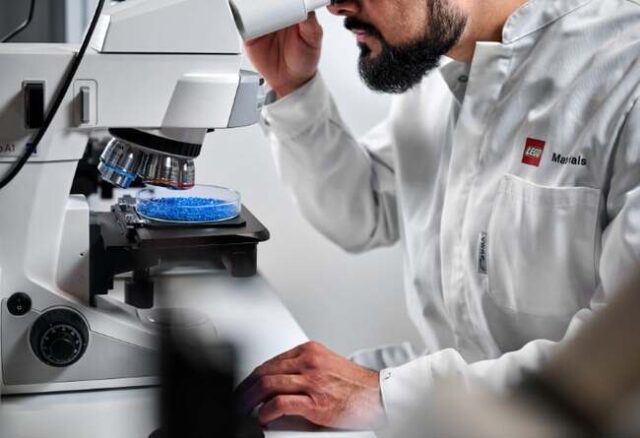
LEGO has set an ambitious goal to make 50% of its bricks from renewable materials by 2026, as part of its broader mission to create more sustainable products. Currently, 78% of LEGO’s plastic is still sourced from fossil fuels, but the company is actively working to reduce this dependency. Through its mass balance tracing method, LEGO can track how much of its plastic comes from sustainable sources. The company has already tested over 600 alternative materials, including those derived from cooking oil, food waste, and recycled content. By shifting towards renewable materials, LEGO aims to accelerate the toy industry’s transition to greener, high-quality products. Despite paying up to 70% more for eco-friendly materials, LEGO is committed to leading this change, backed by an increased sustainability budget of $445 million annually by 2025.

In addition to its renewable material efforts, LEGO has outlined other key sustainability initiatives. These include switching to recyclable packaging, achieving net-zero greenhouse gas emissions by 2050, and expanding its Replay program, which allows consumers to return old bricks for reuse. LEGO’s drive for innovation in sustainable materials echoes trends across the toy industry, with competitors like Mattel and Hasbro also working towards reducing their reliance on fossil fuel-based plastics. Mattel has committed to using 100% recycled or bio-based materials by 2030, while Hasbro plans to redesign iconic toys like Potato Head using renewable content. LEGO’s push for sustainability reflects an industry-wide shift towards more eco-friendly practices.

















